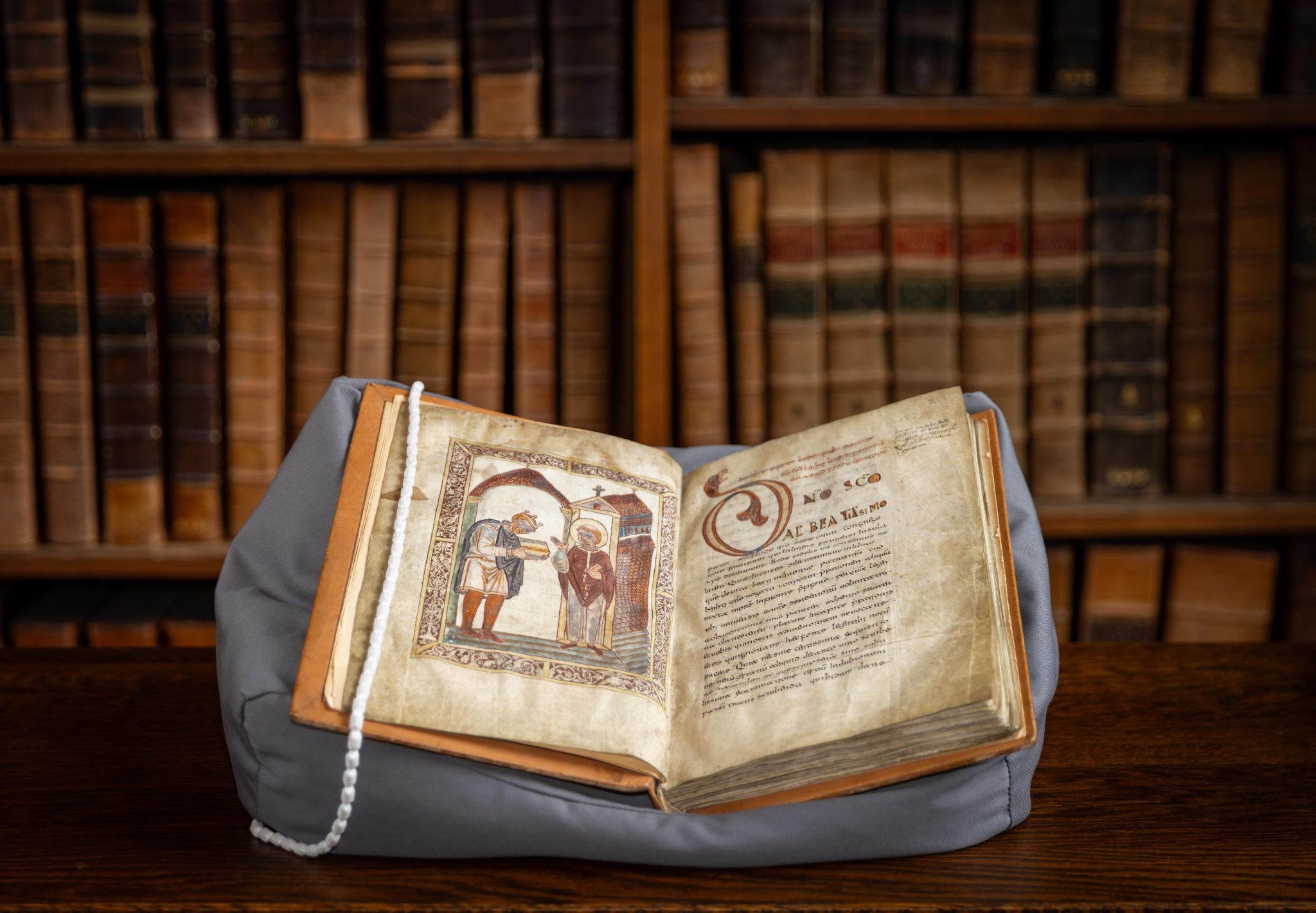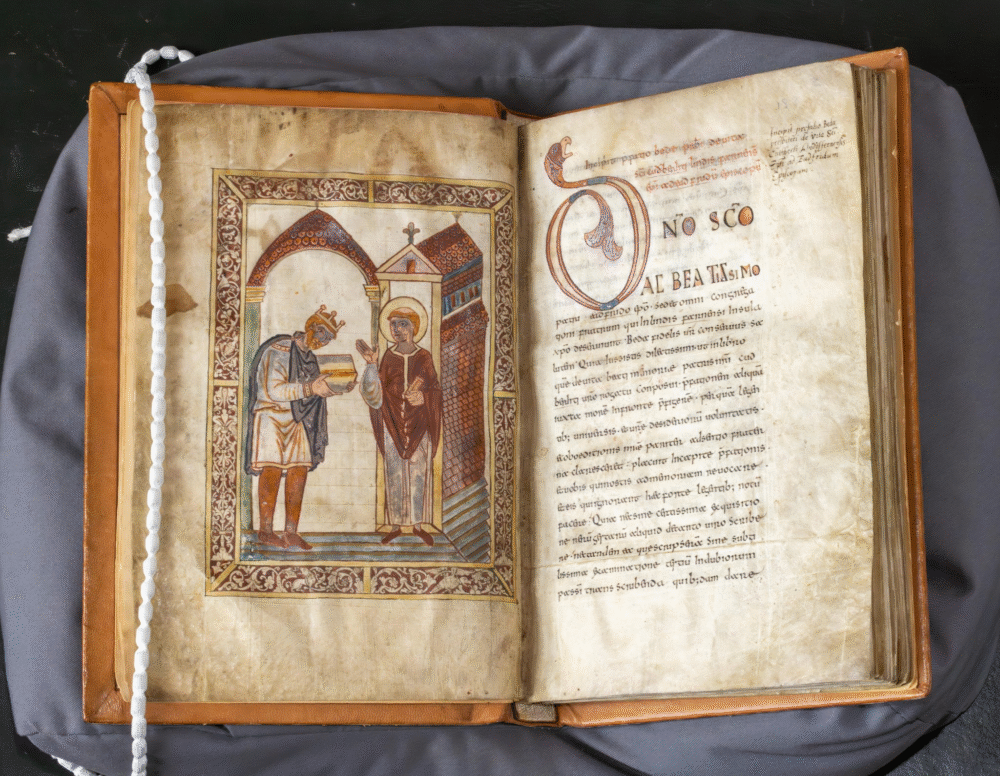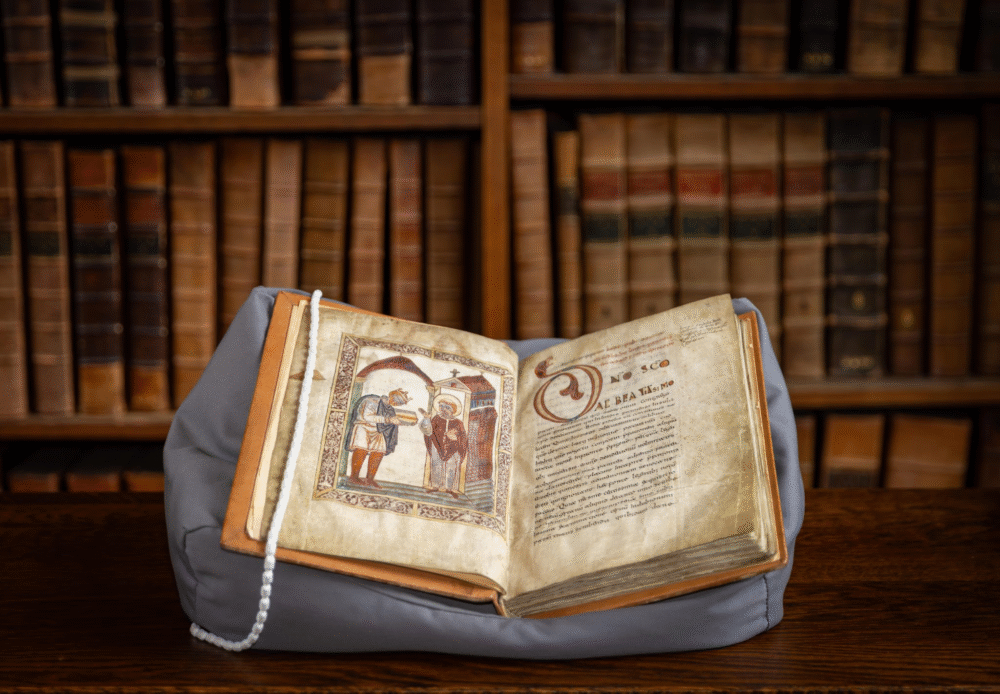Æthelstan – England’s First King Who Faded From Memory

A new biography of Æthelstan, released to coincide with the 1,100th anniversary of his coronation in 925 AD, is sparking a major effort to restore his place in history as the true first King of England. Written by Professor David Woodman of the University of Cambridge, the book reaffirms Æthelstan’s role in unifying England in 927 AD and argues that his reign deserves much greater recognition.
Despite shaping the foundation of the English kingdom, Æthelstan’s story has long been overshadowed by more widely known events like the Battle of Hastings in 1066 or the Magna Carta in 1215.
Woodman and other historians believe it’s time to change that and are even calling for a permanent memorial to the king in places strongly connected to him, such as Westminster, Eamont Bridge (where his rule was acknowledged by rival kings in 927), or Malmesbury, where he is buried.
Why Æthelstan Matters
Æthelstan reigned from 924 to 939 AD and was the grandson of Alfred the Great. His most important achievement came in 927, when he gained authority over York, a Viking stronghold, and became the first ruler of a territory recognizable as England. This was a historic shift: for the first time, all Anglo-Saxon and Viking lands were unified under one crown.
Æthelstan was not just a conqueror. His reign brought a new style of kingship, blending military strength with legal reform, centralized government, and a strong commitment to religion and learning. Woodman describes this as nothing less than a “revolution of government.”
Why Was He Forgotten?
If Æthelstan was so important, why is he not celebrated in the same way as Alfred or later monarchs? Woodman points to several reasons:
- No biography during his lifetime: Alfred had a biographer (Asser), who glorified his deeds. Æthelstan lacked such promotion.
- Overshadowed by later rulers: Within decades of his death, King Edgar (who ruled later in the 10th century) benefited from strong propaganda emphasizing church reform. This eclipsed Æthelstan’s earlier contributions.
- Kingdom fragmentation after his death: Æthelstan died in 939, and his carefully built unity quickly unraveled. Some historians downplayed his achievement because the kingdom did not hold together. Woodman strongly rejects this view, stressing that the creation of England itself was remarkable, regardless of what followed.
- Focus on later iconic moments: English history taught in schools usually centers on 1066 and Magna Carta. This leaves out the earlier centuries where England itself was formed.
Woodman argues that it is time to shift focus back to 925 and 927 — years when England came into being.
Military Achievements
Æthelstan’s reign was far from peaceful. He faced constant challenges, especially from Vikings who controlled the north and east.
- In 927, he captured York, integrating Northumbria and extending his rule across the whole country.
- He demanded recognition from neighboring rulers. Surviving royal charters, preserved in the British Library, show that Welsh and Scottish kings were compelled to attend his royal assemblies. These events were large and highly formal, with hundreds of participants.
- His most famous victory came in 937 at the Battle of Brunanburh, where he crushed a coalition of Vikings, Scots, and Strathclyde Welsh who sought to overthrow him. Chroniclers across England, Wales, Ireland, and Scandinavia recorded the battle, a clear sign of its significance.
The exact site of Brunanburh is debated, but Woodman supports the theory that it took place near Bromborough on the Wirral, which strategically fits the known events.
This battle was as critical to the survival of England as Hastings would be more than a century later.

Reforming Government
One of Æthelstan’s biggest contributions was the transformation of royal administration.
- He produced law codes that were enforced across the kingdom, with reports sent back to him about their effectiveness.
- His reign marked the first evidence of a centralized scribe system, where a single royal scribe oversaw the production of official documents. No matter where the king traveled, this scribe followed.
- Royal documents, called diplomas, became elaborate and grand. Written in sophisticated Latin, they used literary devices such as rhyme, alliteration, and chiasmus. These documents were political tools, signaling the strength of the crown.
Compared to much of Europe at the time, where nobles fragmented power, Æthelstan’s England showed a rare level of centralized control and royal oversight.
Religion, Learning, and Cultural Patronage
Æthelstan was also deeply engaged in religion and learning, seeing these as vital to his kingship.
- The Viking invasions had badly damaged English religious life. Æthelstan sought to revive it, welcoming scholars from across Europe.
- He supported the Church generously and gave gifts of books and relics.
- One of the most famous surviving items is a 10th-century manuscript portrait of Æthelstan now housed in the Parker Library at Corpus Christi College, Cambridge. It is the earliest surviving portrait of an English king. In it, Æthelstan bows before Saint Cuthbert, symbolizing his humility and devotion.
- The manuscript was originally created for the Community of Saint Cuthbert in Northumbria, reflecting Æthelstan’s political strategy of winning support in newly conquered territories.

Æthelstan’s name also appears in the Durham Liber Vitae, a manuscript listing people with special connections to Saint Cuthbert’s community. Interestingly, instead of being placed deep in the manuscript (as expected for later entries), Æthelstan Rex was written prominently at the top, suggesting a direct royal presence during a visit in 934.
These details highlight not only his political skill but also how closely he tied kingship to the Church.
Diplomacy and Europe
Æthelstan wasn’t just focused on Britain. His reign also marked England’s first serious entry into European politics.
- He arranged marriages for his half-sisters into powerful European ruling houses, creating alliances across the continent.
- His court was an intellectual hub, attracting scholars from as far away as Germany and France.
- This helped establish England as a kingdom to be reckoned with internationally, not just regionally.
The Push for a Memorial
With the anniversaries of his coronation (925) and the birth of England (927), Woodman and fellow historians are campaigning for a proper memorial to Æthelstan.
Ideas being considered include:
- A statue in a high-profile location.
- A plaque or portrait in Westminster.
- A commemorative monument at Eamont Bridge or Malmesbury Abbey.
There are even suggestions to include Æthelstan more prominently in school history curricula, ensuring future generations recognize his role.
Why This Matters Today
Reevaluating Æthelstan is about more than simply correcting history. It’s about acknowledging the formation of England itself. For centuries, the spotlight has shone on conquest and reform (1066, 1215), while the earlier story of nation-building has been left in the shadows.
By remembering Æthelstan, historians hope to balance this picture and give proper credit to the man who first created England.
Additional Insights: Understanding the World of Æthelstan
The Anglo-Saxon Kings Before Him
- Æthelstan’s grandfather, Alfred the Great, is often remembered as the most famous Anglo-Saxon king, known for defending Wessex against Viking attacks and promoting learning.
- Æthelstan’s father, Edward the Elder, continued this work, expanding control over other English regions.
- Æthelstan built upon their foundations, finally uniting England.
The Importance of Brunanburh
- While Hastings dominates popular memory, the Battle of Brunanburh was arguably just as crucial. If Æthelstan had lost, the fragile unity of England would likely have collapsed.
- Contemporary poems describe the battlefield as covered in the dead of kings and warriors from across Britain and Ireland.
The Broader European Context
- The 10th century was a turbulent time across Europe. While many regions fractured under powerful nobles, Æthelstan managed to centralize power in England.
- His diplomatic marriages gave England a respected position on the European stage for the first time.
Conclusion
Æthelstan deserves recognition as the first true King of England. His reign unified the nation, defended it against major invasions, and laid down structures of governance, religion, and culture that shaped English kingship for centuries.
For too long, his story has been overlooked. As we approach the anniversaries of his coronation in 925 and the unification of England in 927, the call for a memorial and a renewed focus on his reign feels both timely and necessary.
England’s origins deserve to be remembered, and Æthelstan should finally take his place in public memory as the man who created the kingdom.
Research Reference: The First King of England: Æthelstan and the Birth of a Kingdom – David Woodman, Princeton University Press, 2025





